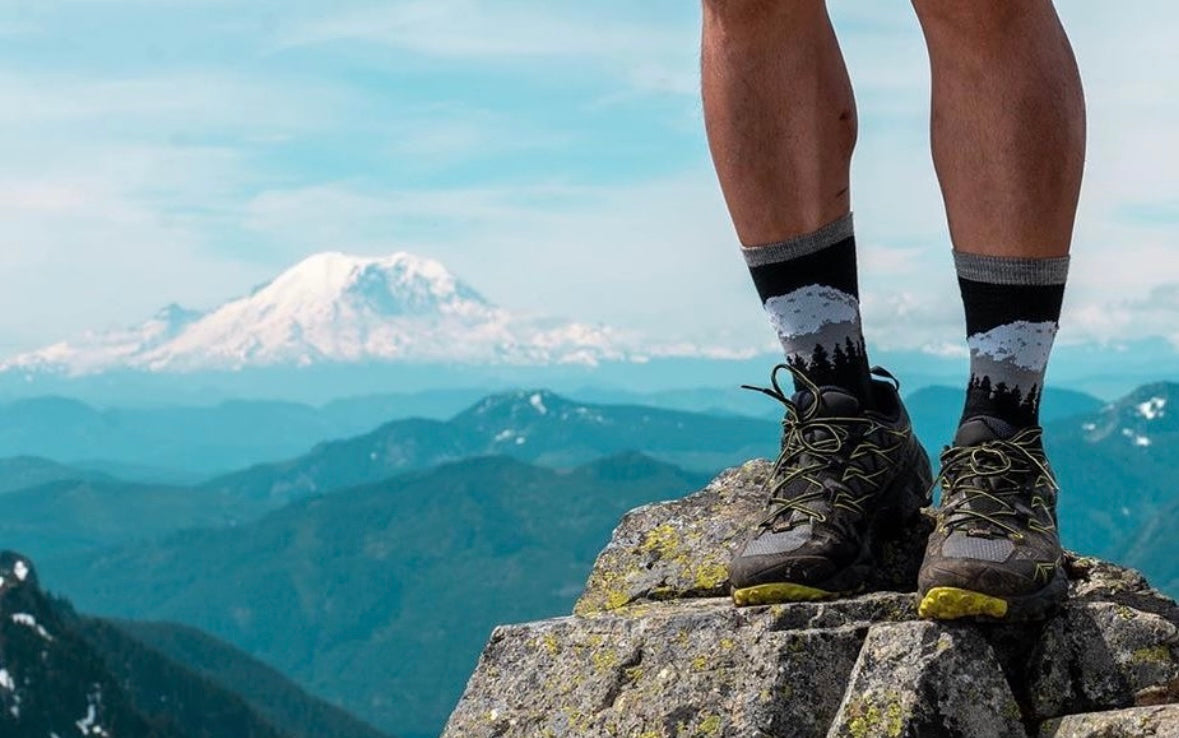Late fall hiking in Washington presents unique challenges due to changing weather, trail conditions, and daylight hours. Navigating these challenges effectively can enhance your outdoor experience. In this article, we'll discuss strategies and tips for handling late fall hiking challenges.
1. Snow and Ice:
In late fall, higher elevation trails may be snow-covered and icy. To navigate these challenges, carry microspikes or crampons for added traction. Using trekking poles can also help maintain balance on slippery terrain.
2. Wet and Slippery Trails:
Rain is common in late fall, making trails wet and potentially slippery. Wear waterproof hiking boots to keep your feet dry and invest in gaiters to prevent water from entering your boots. Slow down your pace to avoid slipping on muddy or wet surfaces.
3. Shorter Daylight Hours:
Late fall means fewer daylight hours. Start your hikes early to make the most of available light. Carry a headlamp and extra batteries in case your hike extends into the late afternoon or early evening.
4. Changing Weather Conditions:
Weather in late fall can be unpredictable. Check the forecast and be prepared for potential rain or snow. Dress in layers, and pack a waterproof jacket to stay dry in case of unexpected precipitation.
5. Trail Navigation:
Late fall trails may be less traveled and less maintained. Carry navigation tools like a map, compass, or GPS device, and know how to use them. Being able to navigate effectively is crucial, especially in changing weather conditions.
6. Emergency Preparedness:
Always have an emergency plan in place. Inform someone you trust about your hiking plans and expected return time. Carry a well-stocked first aid kit and know how to use it in case of injuries or emergencies.
7. Wildlife Encounters:
Late fall hiking can bring you closer to wildlife as animals prepare for winter. Keep a respectful distance from wildlife and be aware of your surroundings. Avoid feeding wildlife, as it can be harmful to their health.
8. Leave No Trace:
Reinforce your commitment to Leave No Trace principles. Pack out all trash, and avoid disturbing the environment, wildlife, or other hikers. Respect nature to help preserve it for future generations.
9. Trail Reports:
Stay informed about trail conditions by checking recent trip reports. These reports can provide valuable insights into trail conditions and help you plan your late fall hikes more effectively.
10. Hike with a Buddy:
Late fall hiking can be riskier due to changing weather and trail conditions. Hiking with a companion is safer, as you can support each other in case of unexpected challenges.
In Summary:
Late fall hiking in Washington offers unique rewards, but it also comes with its share of challenges. By addressing these challenges with the right strategies and tips, you can navigate late fall trails with confidence and enjoy the stunning beauty of the Evergreen State.
For more hiking tips, subscribe to our newsletter to stay up to date on all things hiking!

